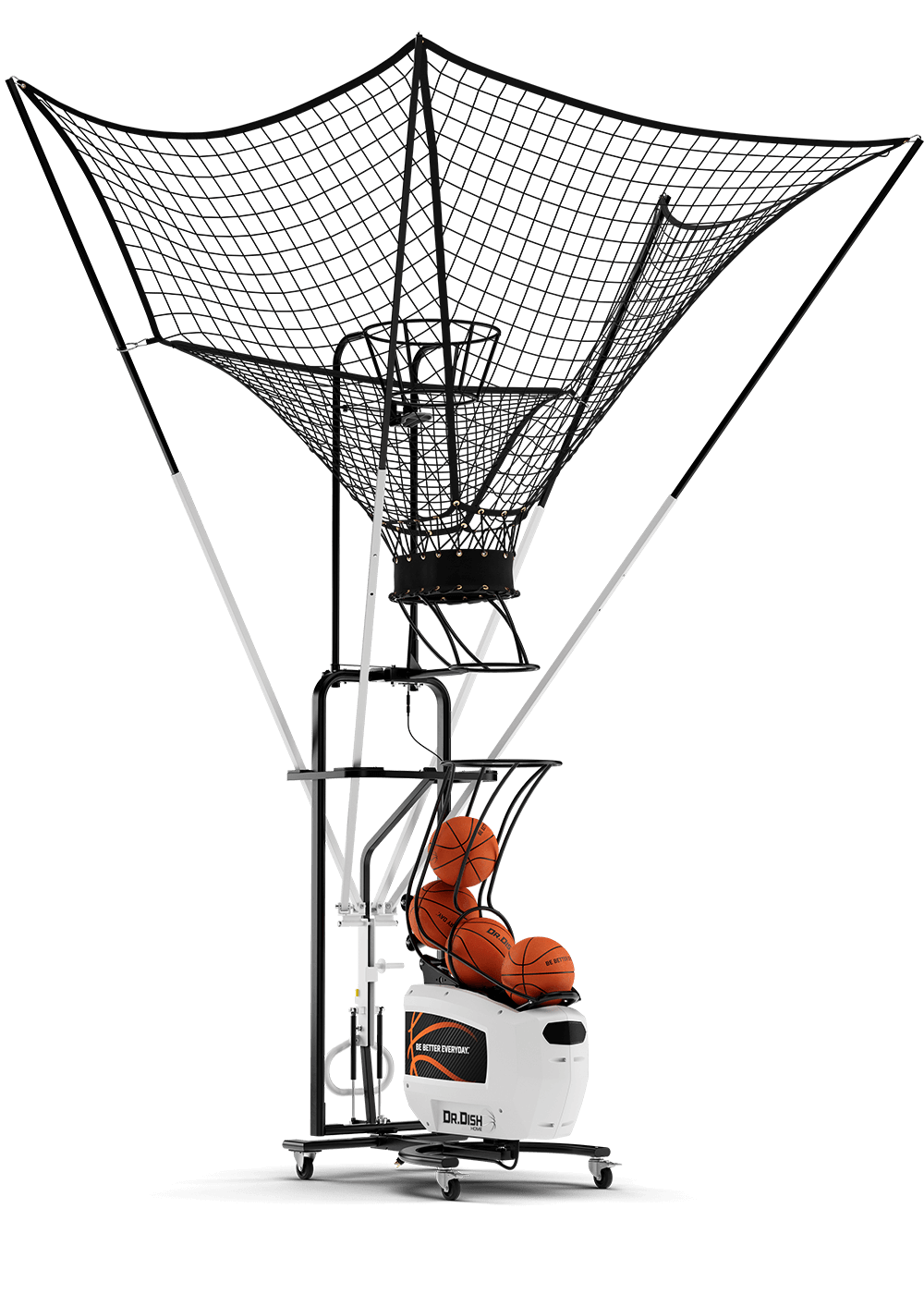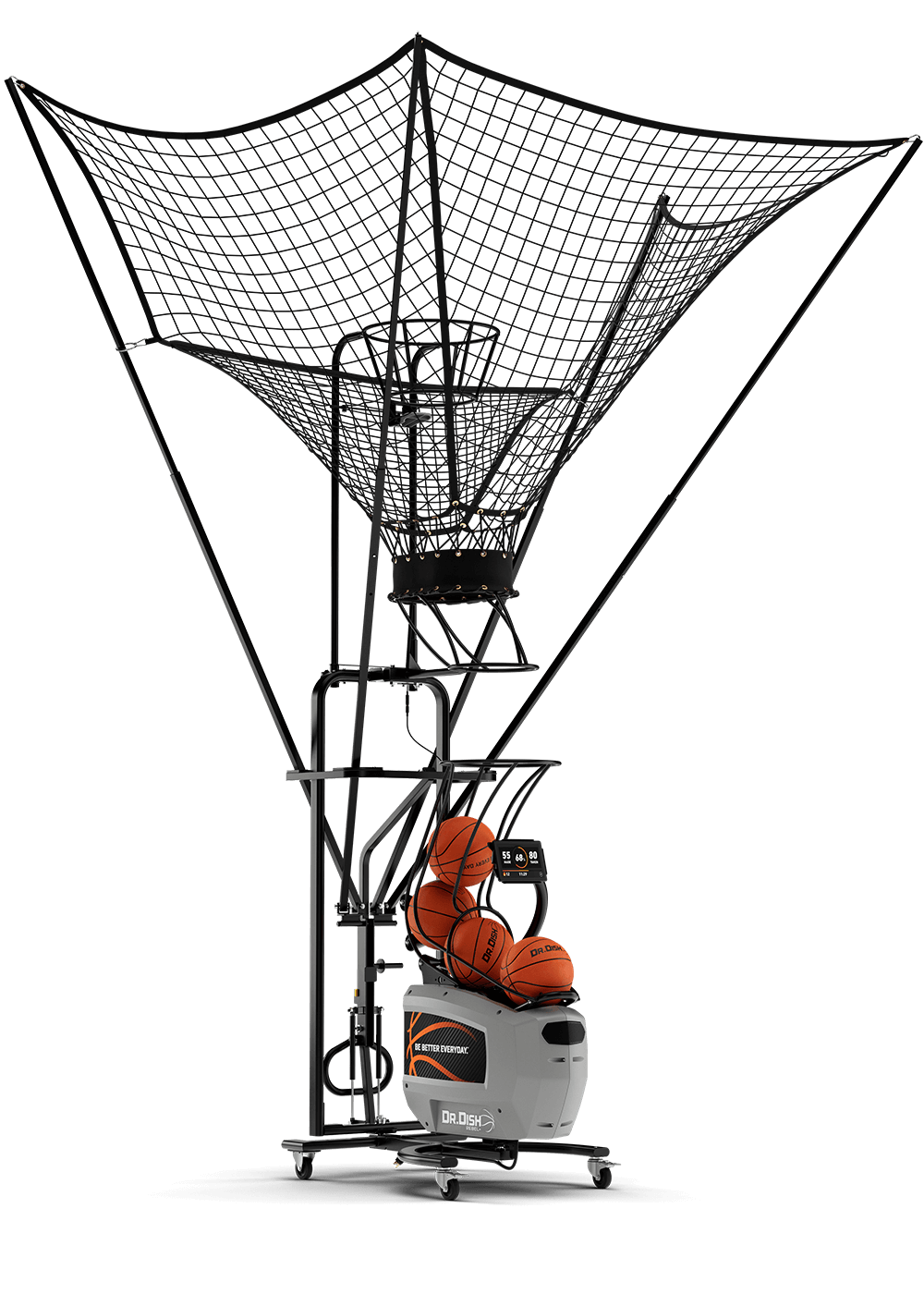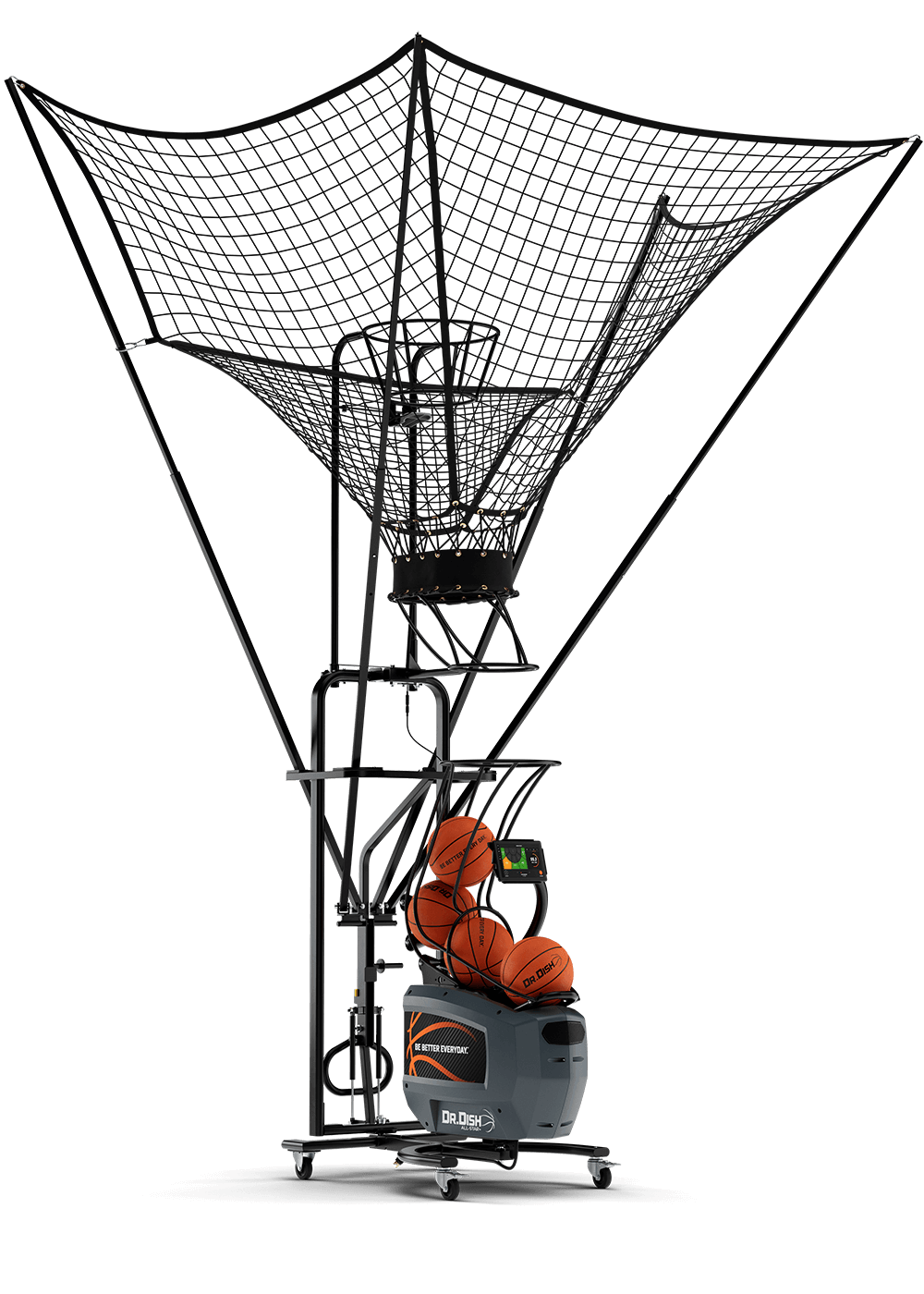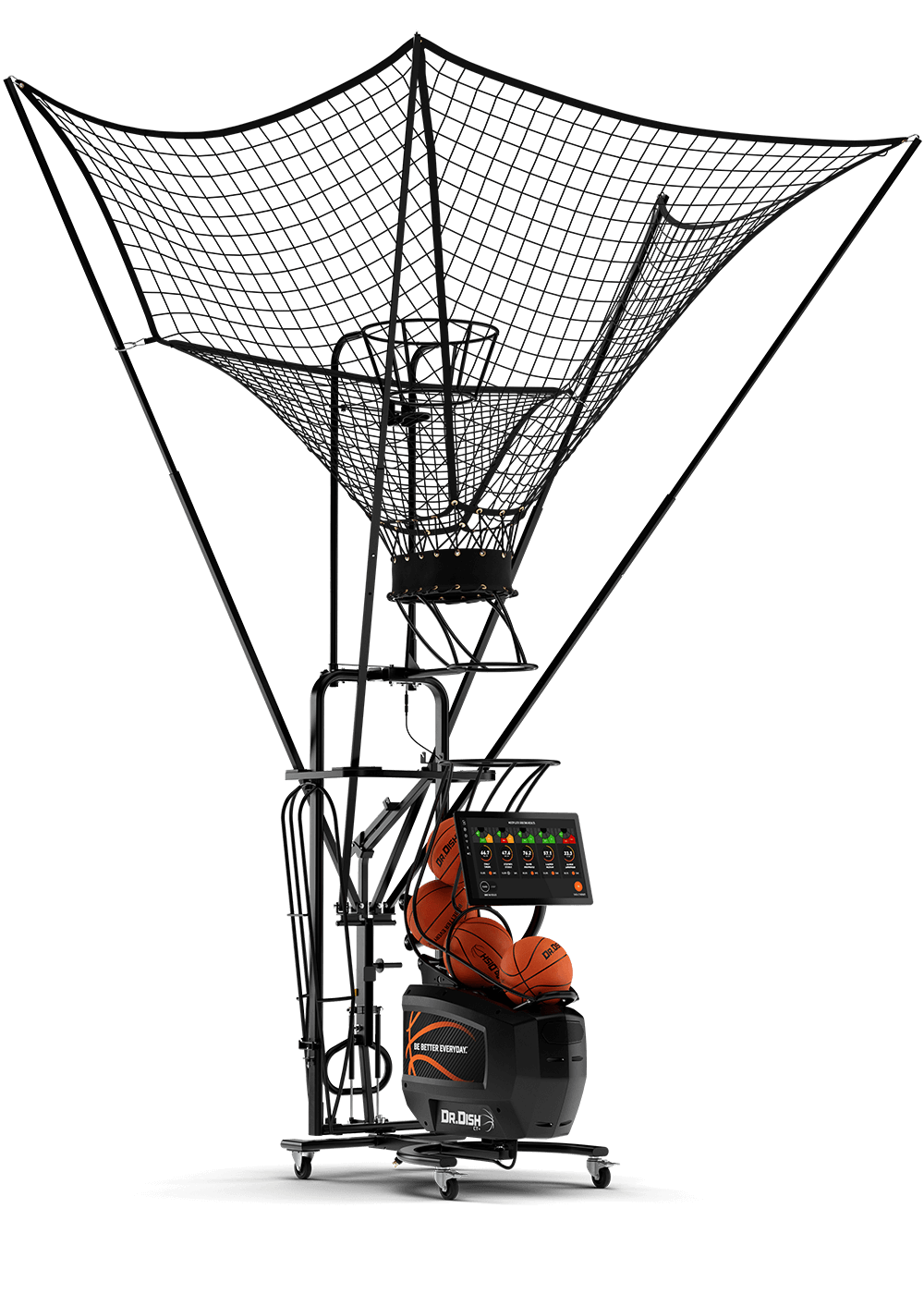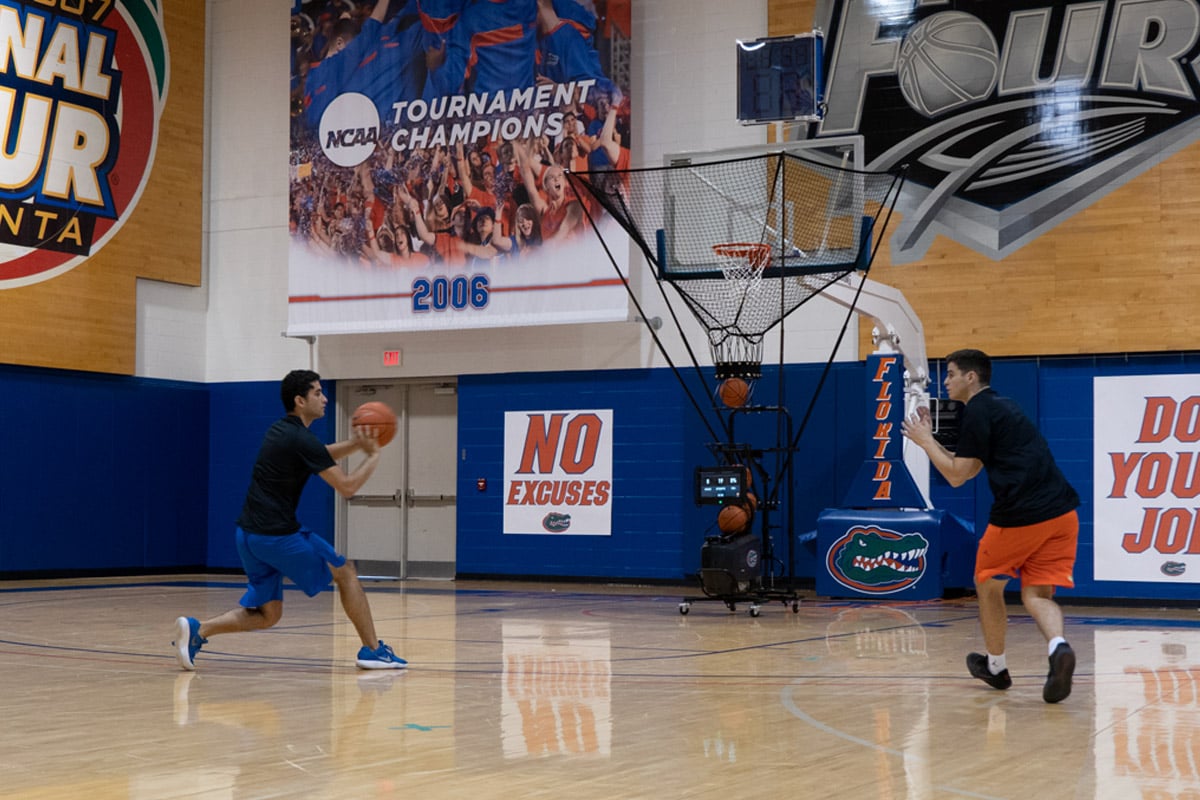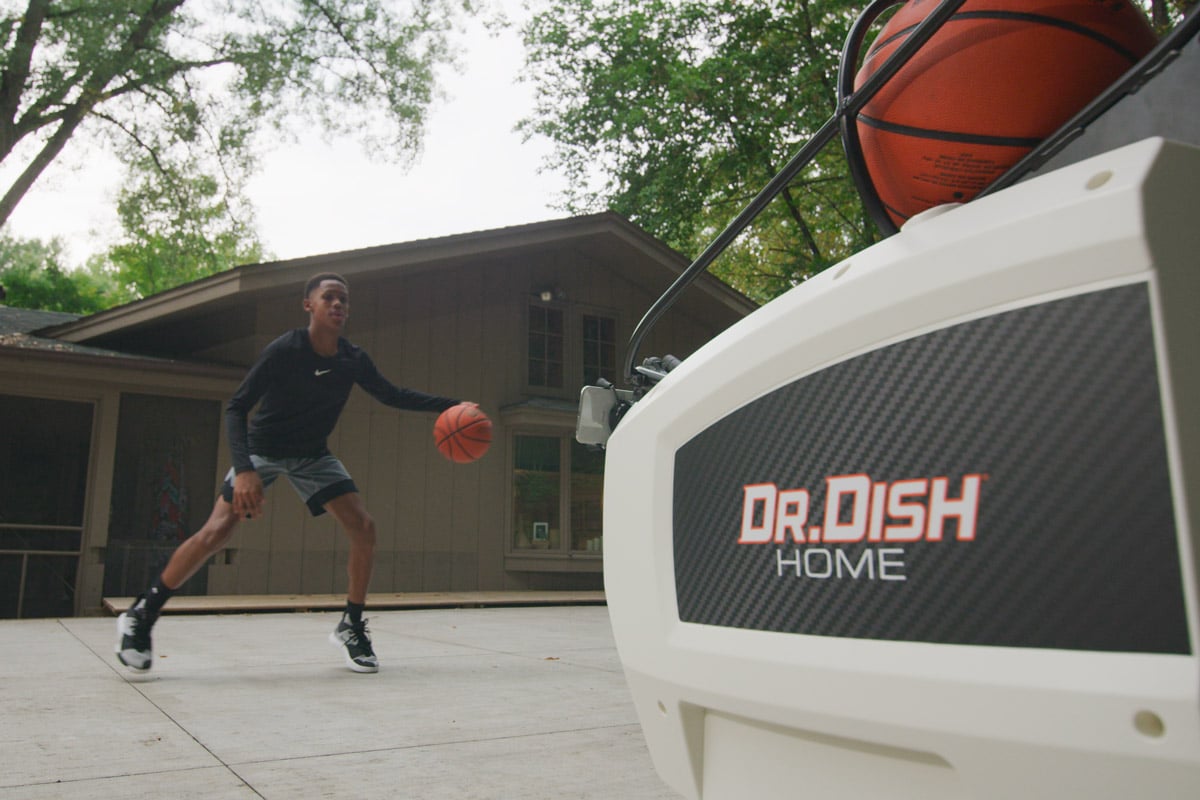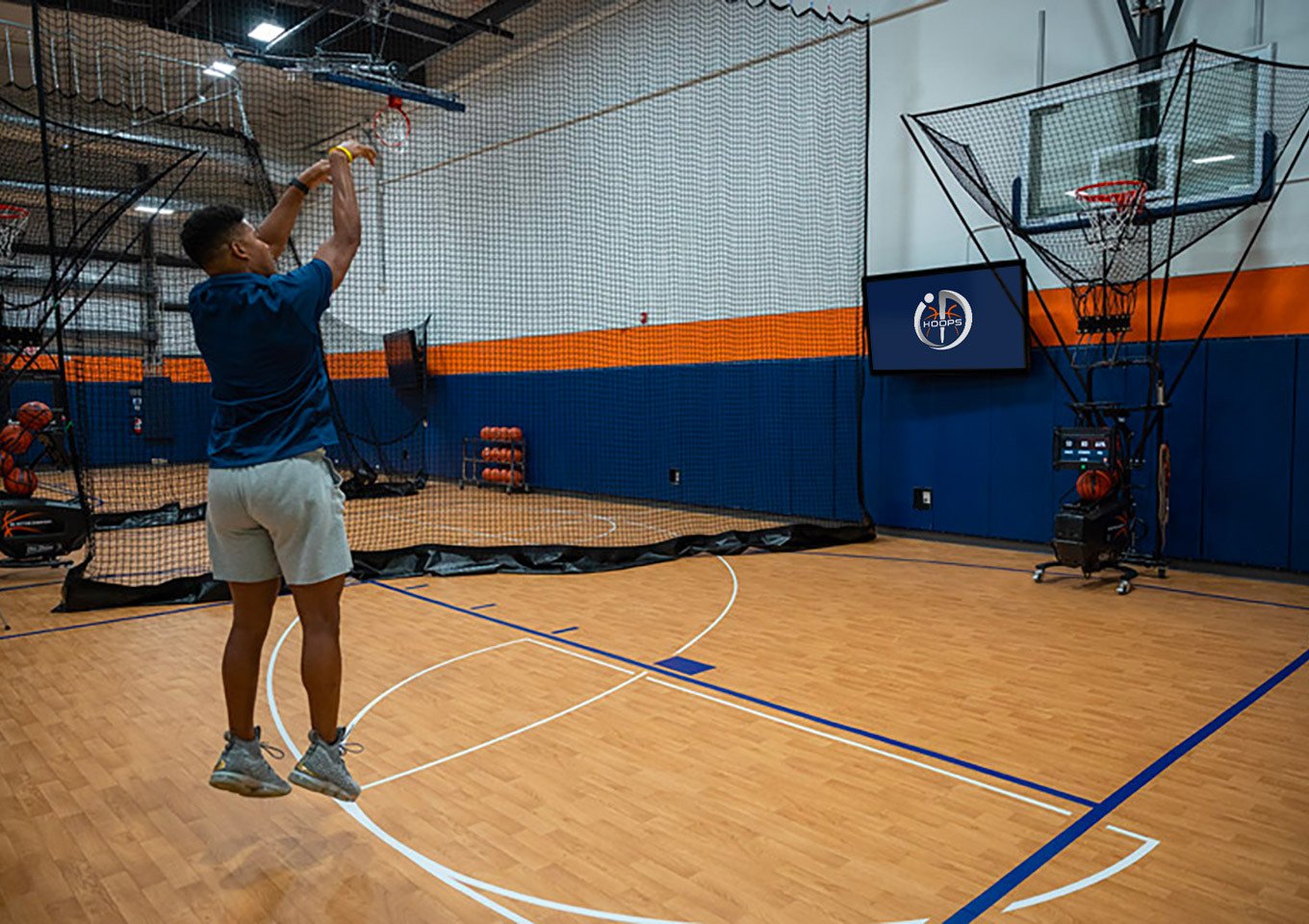How to Create a Winning Basketball Team Strength Training Plan
by Trinity Erickson, on Aug 27, 2024 8:15:00 AM
We recently surveyed over 500 high school and college basketball coaches and 50% said they need additional support when it comes to putting together strength training programs for their athletes. While creating certain workouts and training plans do take time, there are a few things you can focus on to make the process easier, and faster.
Here are our 6 keys to putting together effective strength training programs for your basketball team plus, free downloadable workouts to help you gain inspiration and save time. All to help your players grow stronger on and off the court.
1. understanding Your "Why" With Weight Training
Before you even start choosing strength training workouts, it’s important to understand why your basketball team will be weight training. Is it to help your players build muscle or be more toned and in shape? Is it to help with speed and agility? Or a combination of all of the above? Whatever the goals are, understanding and narrowing down the purpose of training will help you know if you need to be focusing on traditional training and heavy weights or functional training with more reps and agility exercises.
Once you know what type of training your team will be focusing on, you can then easily decide on the lifts and exercises you should be planning for as well as the different alterations for beginners, intermediates, etc.
2. Set Short/long term goals
Once you have your overall team goal defined and an idea of what exercises you’ll be focusing on to get there, you can then set challenging, but achievable goals for your basketball players. Think about the timeline you have, when you’re going to start strength training, and how often your team will be in the weight room. Also take into consideration that switching up workouts too often can create a setback or very little progress. If your team will be lifting 3 times a week, you could keep the same lifts for 6-8 weeks. If it will be more frequent training you could switch things up about every 4 weeks to keep players motivated. Mapping out these objectives prior to training will help you plan for specific goals that your players can realistically achieve.
3. easily Incorporate into your team's routine
Each week leading up to the basketball season as well as during the season is going to be different. From game schedules, practice times, and outside-of-practice activities, it’s important to also take into account the ways you can easily incorporate strength training into your team’s existing routine. If your team is able to get into the weight room during the preseason, you can share out the workouts with your team and have accountability captains to ensure work is being put in. If you have a majority of your players participating in fall sports, you can start practice planning for when the season gets here. Going to run 2-a-days the first few weeks? Be sure to start each session with dynamic warm-ups. And maybe consider ending your afternoon basketball practice sessions with a lift so when you go back to standard practices, lifting is already a part of the routine.
If you’re looking for more ways to easily incorporate strength training into your team’s routine, check out this blog for more examples.
4. Exercise Each Muscle group
Another key to putting together an effective strength training program is being sure to have exercises that hit each major muscle group throughout the week. This will help to avoid muscle imbalances (where some muscles are weaker or less worked) that can lead to injury. To help your players improve strength, focus on hitting each muscle group twice a week. This could mean having full body training one day, upper body another, and then lower body round of the week. It’s also important to make sure that players are resting the muscle group that was working.
5. Consider the Group You Have
Once you’re ready to get everyone into the weight room, consider how you’re going to make sure everyone gets through the set lifts. Whether you have players go in waves or have assigned groups and stations, all players should be getting in the same amount of reps. If you have experienced weight lifters, maybe have them be in groups together or have them be a part of the first wave as they will probably get through the lifts faster than younger athletes who may be first-time lifters. And for the players who may need more guidance, have other players (who’ve lifted already) or your supporting staff there to help them out.
6. Keep the Flow Going
And one key to basketball team strength training programs that is often missed? Once your team is in the weight room and gets in a good flow, keep the flow going! If everyone is locked in and moving through their lifts and you don’t have to stop to explain something, let them keep going. If they are able to see that they can accomplish their goals or get to a certain weight, they will just be that much more motivated. And they will motivate their teammates to push themselves too.
If you’re looking for more information on how to build effective strength training programs, or would like to download our FREE 6-week program, check out our Off-Season Player Guide. And gain instant access to professionally developed programs from High Power Training’s Jason Ivesdal.





